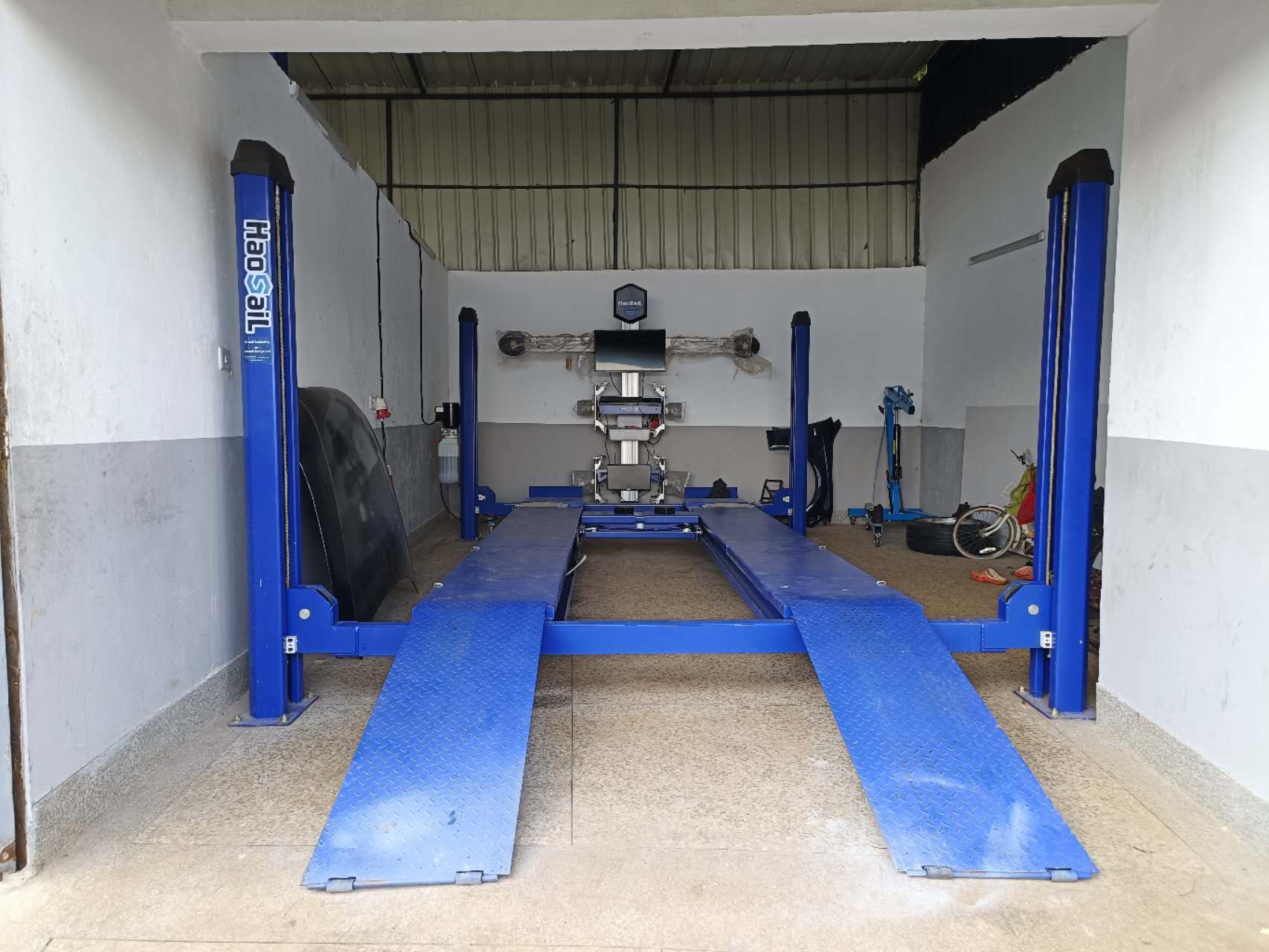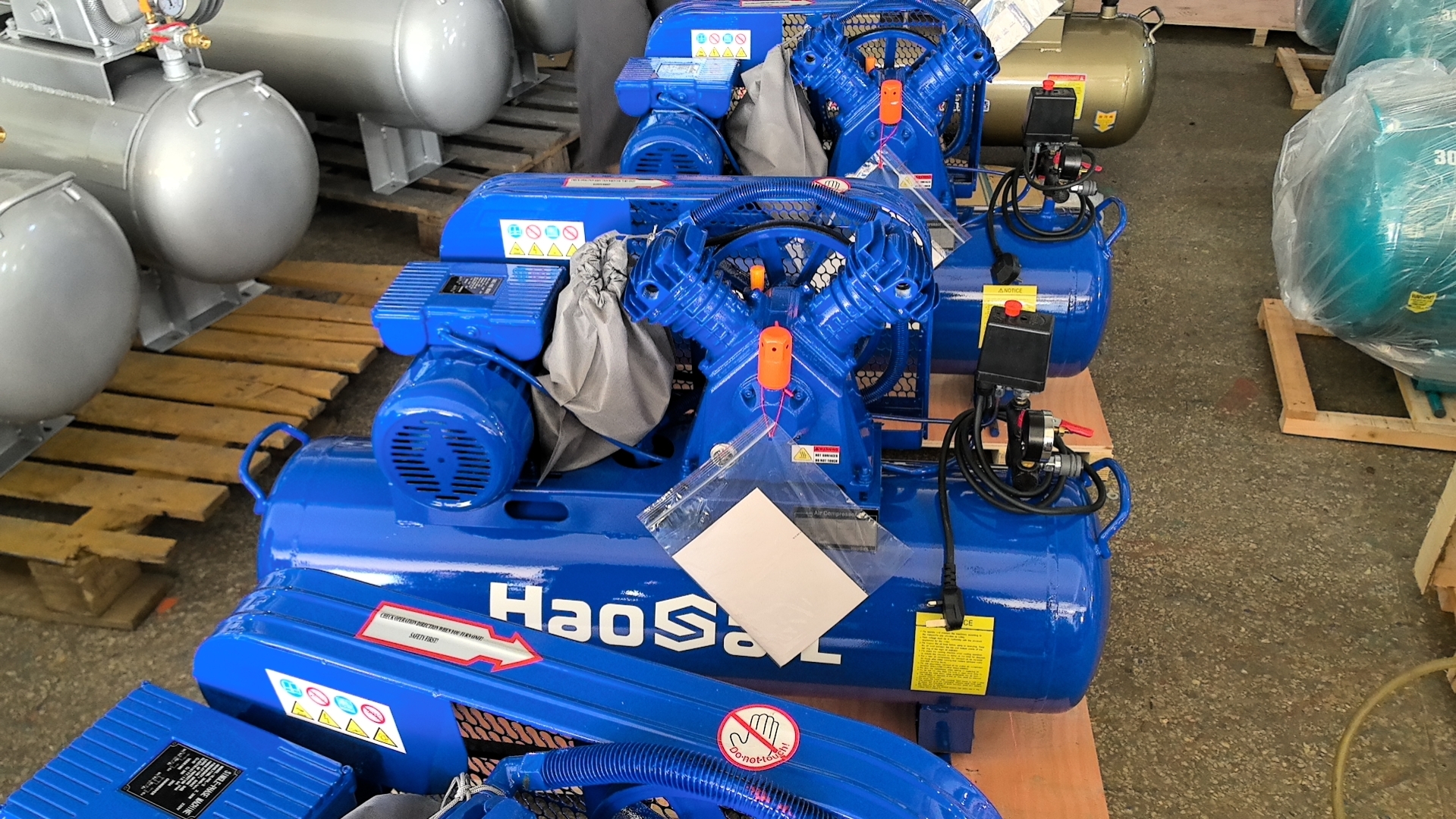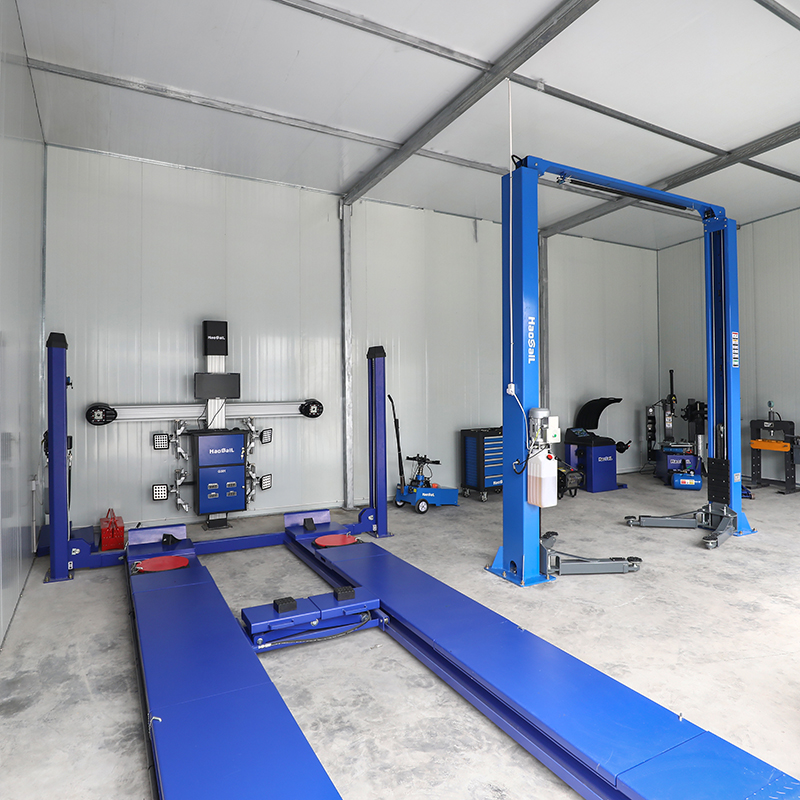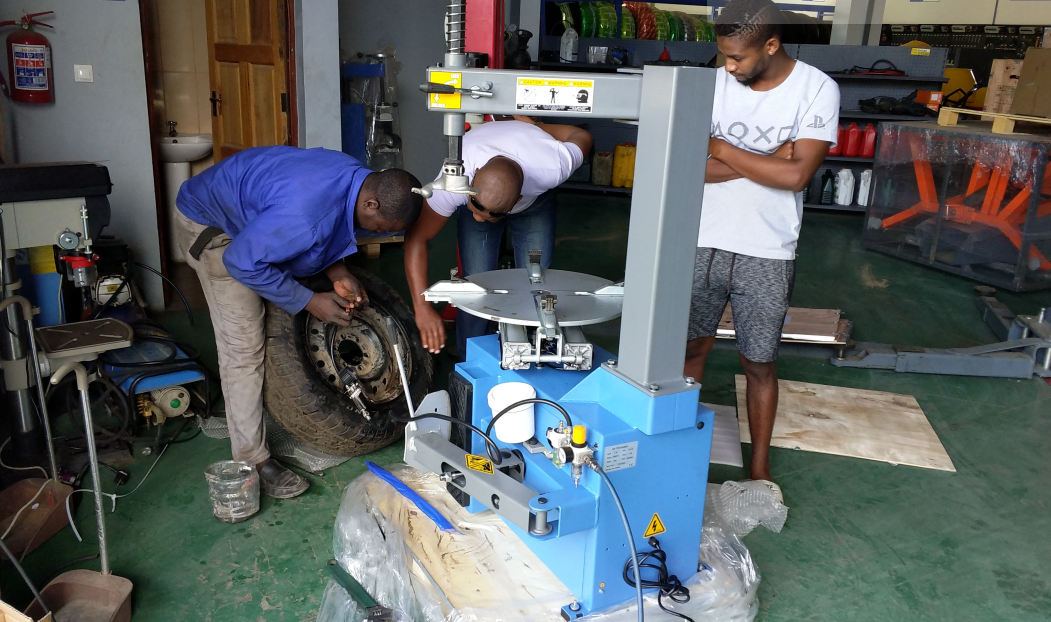
May 29, 2025

May 27, 2025

Apr 14, 2025
Apr 07, 2025
B4, Qingdao High-Tech Zone, No. 17 Songyuan Road, Qingdao.
+86 13864822549
A tyre changer is a machine used for removing tyres. It typically consists of a hydraulic system, electric motor, controller, and other components, which can automatically remove tyres from cars or other vehicles.
Tyre changers are widely used in auto repair shops,tyre shops, vehicle maintenance facilities, and other related industries.
The working principle of a tyre changer is to provide power through the hydraulic system to remove thetyre from the car's wheel hub.
Usually,tyre changers are also equipped with devices such astyre balancers and inflators, which can balance and inflatetyres to ensure their safe use.
The development of the tyre changer industry is closely related to the development of the automotive industry. With the increase in the number of cars and the development of the automotive repair industry, the tyre changer industry is also growing and strengthening. Moreover, with technological advancements, the tyre changerindustry is continuously introducing new products and technologies to meet market demands.

The history of tyre changers can be traced back to the early 20th century, with the popularization and development of automobiles, the automotive repair industry also gradually emerged. Here are several important stages in the development history oftyre changers:
1. **1910s**: American inventor E. G. King invented the first manual tyre changer, which used a hydraulic system and pneumatic tools to automatically removetyres.
2. **1920s**: With the development of the automotive industry, the demand fortyre changers also continued to increase. Some companies began to produce and selltyre changers, such as Hibben & Company and Lemartine & Company in the United States.
3. **1930s**: With the development of electronic technology, sometyre changers began to use electric motors and controllers, improving work efficiency and accuracy.
4. **1940s**: During World War II,tyre changers were widely used in the military field for the maintenance and replacement oftyres on military vehicles.
5. **1950s**: With the further development of the automotive industry, sometyre changers began to adopt fully automated technology, such as using robotic arms fortyre removal and inflation operations.
6. **1960s**: The application field oftyre changers began to expand to tractors, motorcycles, and other fields, and some companies began to produce and selltyre changers specifically for these fields.
7. **1970s**: With the rise of environmental awareness, sometyre changers began to use pollution-free electric or pneumatic technology, reducing environmental pollution.
8. **1980s**: With the development of computer technology, sometyre changers began to use computer control and monitoring, improving work efficiency and accuracy.
9. **1990s**: With the development of internet technology, sometyre changers began to use network technology for remote monitoring and management, improving work efficiency and management level.
In addition, the world's firsttyre changer was born in Italy in 1924, and the company that still preserves this machine is Mondolfo Ferro spa (Panther), a subsidiary of the Italian NEXION Group. Until the 1980s, Italy was still the center of the globaltyre changer market. It is unknown who first introducedtyre changers from Italy to China, but Yingkou in China began to imitate and producetyre changers in the mid-1980s, setting a precedent in the country. Over time, China'styre changer manufacturing enterprises have gradually grown and strengthened, forming a Chinese manufacturing brand centered on production and manufacturing.
Haosail tyre changer comes from China.The reason why the tyre changer has become the star product of Haosail is that we have successfully established a strong brand and service competitiveness in the markets of Africa, the Middle East, Southeast Asia, and other countries through precise market positioning, localized business strategies, technological innovation, product customization capabilities, and global development strategies.